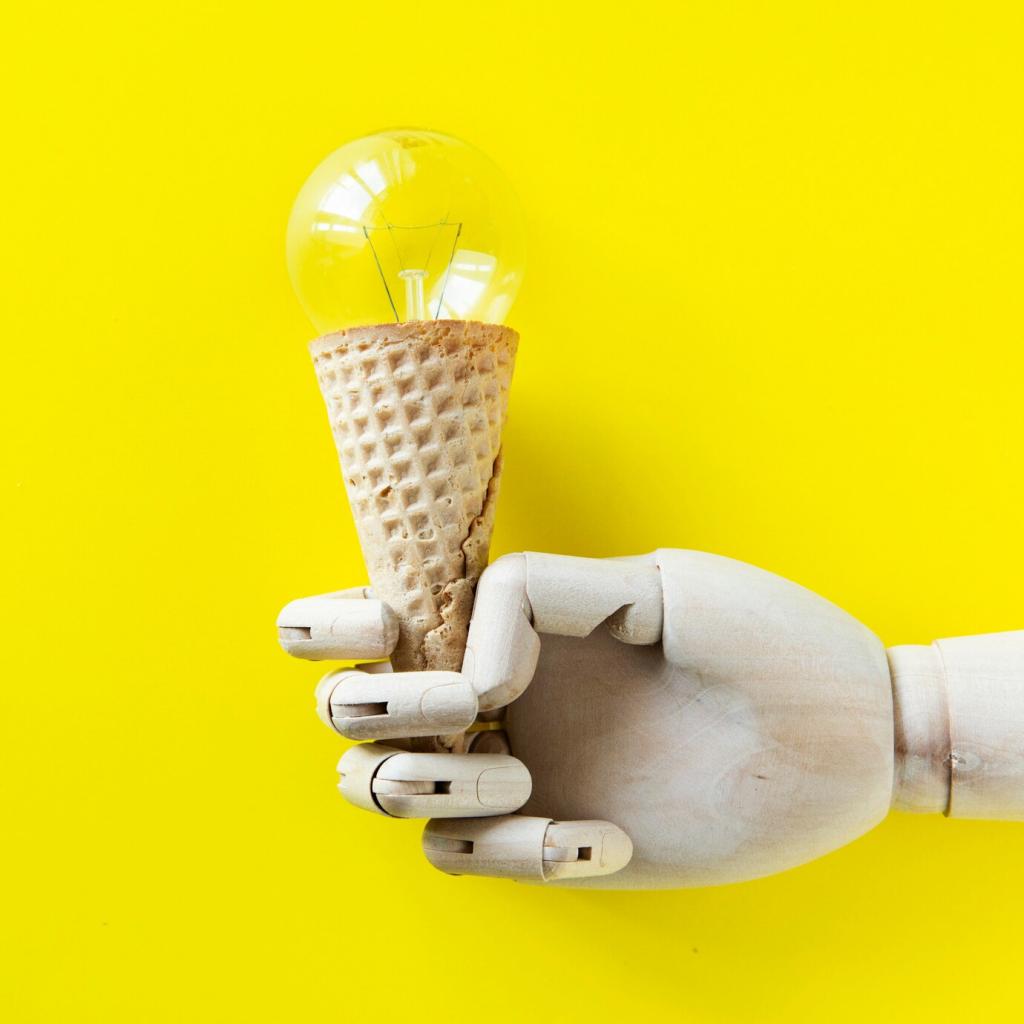Discover the innovative world where discarded materials find new life as stunning works of art. Instead of ending up in landfills, household waste can be reimagined, reconstructed, and repurposed into creative masterpieces that transcend their original purpose. Through the transformative process of turning trash into treasure, not only do you contribute to sustainability, but you also unleash endless possibilities for self-expression. This approach celebrates ingenuity, encourages resourcefulness, and invites everyone to see value in what was once considered useless.

Rethinking Everyday Waste
Turning everyday waste into art begins with a fresh perspective on your surroundings. Rather than throwing out plastic bottles, newspapers, or broken utensils, artists envision them as building blocks for their next project. The application of this mindset transforms kitchens, garages, and recycling bins into treasure troves of creative potential. Through careful selection and inspired assembly, items previously destined for disposal gain a second life, forming the foundation for imaginative works.
Building Sustainable Habits
Engaging in creative reuse not only sparks imagination but also cultivates eco-friendly habits that benefit the environment. Households committed to waste reduction discover that transforming trash into art minimizes their ecological footprint. This hands-on approach to sustainability helps raise awareness about waste management while making a tangible difference. These new habits, once established, ripple outwards, inspiring communities to adopt similar practices and collectively address environmental challenges.
Unleashing Artistic Expression
By utilizing waste materials, individuals find new avenues for artistic expression that challenge the boundaries of traditional art. The limitations imposed by available materials foster innovative problem-solving, resulting in unique textures, forms, and concepts. As each piece emerges, it reflects the creator’s vision and experimentation, showcasing how artistry can flourish even under unconventional circumstances. Ultimately, using household waste as a medium encourages storytelling, imagination, and self-discovery.
Transforming Objects with Imagination
Everyday Items as Artistic Mediums
Common household objects—cardboard boxes, glass jars, old magazines—serve as the foundation for inventive art projects. By appreciating the intrinsic qualities of these materials, such as texture, color, and durability, creators adapt their ideas to suit available resources. This approach democratizes the art-making process, allowing anyone to participate regardless of budget or access to traditional supplies. The result is an ever-expanding array of styles and techniques, each rooted in the accessibility and diversity of household waste.
Experimentation and Playfulness
The process of turning waste into art embraces experimentation—there are no set rules or limitations. Creators are encouraged to combine disparate materials, play with forms, and layer objects in surprising ways. This playful attitude cultivates a sense of wonder and excitement, inspiring both children and adults to explore their creative instincts. Mistakes become opportunities for new discoveries, and each project is a reflection of the adventurous, open-minded approach required to transform ordinary items into extraordinary artwork.
Surprising Results in Upcycled Art
Art made from household waste often yields astonishing and unexpected outcomes. What starts as an assembly of discarded pieces frequently transforms into striking sculptures, wall hangings, or functional objects that challenge viewers’ perceptions. These creations not only captivate audiences but also provoke dialogue about consumption, resilience, and reinvention. As artists harness the unique qualities of waste materials, they demonstrate the limitless potential of upcycling, encouraging others to see art in the everyday.
Community and Environmental Impact
Fostering Local Connections
Community-driven art projects centered on waste transformation bring people together across ages, backgrounds, and skill levels. Collaborative murals, sculptures, or exhibitions provide platforms for shared learning and collective creativity. These initiatives build stronger relationships within neighborhoods, enhancing social cohesion while amplifying environmental messages. By engaging wider audiences, communities foster a culture of mutual support and pride in their creative achievements.
Raising Awareness Through Art
Art made from recycled household materials plays a crucial role in educating others about waste reduction and environmental stewardship. Public displays and workshops draw attention to the persistent issue of overconsumption, using visual storytelling to inspire behavioral change. Participants and viewers alike gain a deeper understanding of their impact on the world, discovering practical strategies for reducing, reusing, and recycling. The persuasive power of art mobilizes communities toward more responsible, sustainable choices.
Inspiring a Green Future
The practice of transforming household waste into art lays the groundwork for a greener, more conscientious future. Young people exposed to upcycled art projects develop lifelong habits of environmental responsibility, creativity, and critical thinking. As these values become embedded in collective culture, future generations are better equipped to address global challenges with ingenuity and hope. Through creative reuse, communities plant the seeds for enduring ecological stewardship and innovation.
Join our mailing list
